|
Check the skies regularly and often.
Even when the sky appears quite clear there can often be a thin
layer of halo forming cirrostratus.
Look for the common halos.
Shield the sun and look first for a 22� halo. Is there an upper
or lower tangent arc - often just brightenings of the 22� circle?
Are there sundogs? If the sun is low, look overhead for a circumzenithal
arc. This quick look will already have indicated whether ice crystals
are present and of what types and orientations.
Check for more halos.
Twice as far from the sun as the 22� there could be a supralateral
arc or 46� halo. Look all around the sky for fragments of the parhelic
circle. Is there any sign of a Parry arc above the upper tangent
arc?
Look for associations.
If sundogs or other halos indicate that plate crystals are about
then check for other plate crystal halos like 120� parhelia. Similarly,
bright tangent arcs could mean that supralateral, infralateral arcs
or even Wegener arcs are visible.
Look for the unusual.
Don't forget to look for the 'odd radius' halos of pyramidal crystals
and some of their other arcs. Look all over the sky for any really
unusual arcs - sometimes they occur on their own without the 'common'
halos.
|
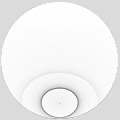
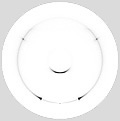
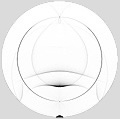
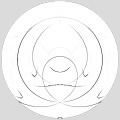
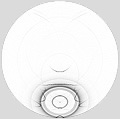 |
